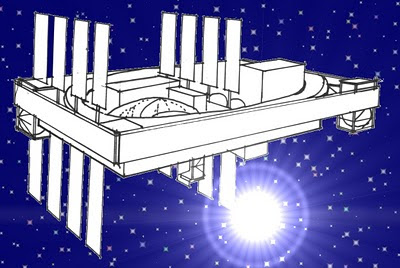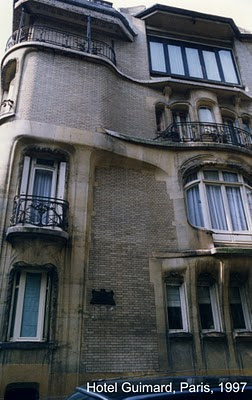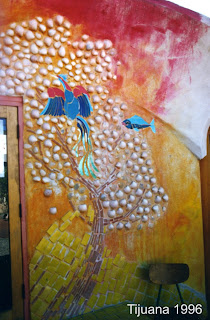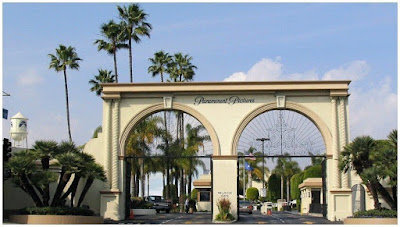 Spain is a former seagoing empire (1400 - 1800) which employed a far flung global network of its Galleons (warships) engaged in extensive exploration and trade in the New World and in Asia, establishing a colony of Chinese in Manila. It had extensive tradings and was in a global balance with China during its empire period. That story is here.
Spain is a former seagoing empire (1400 - 1800) which employed a far flung global network of its Galleons (warships) engaged in extensive exploration and trade in the New World and in Asia, establishing a colony of Chinese in Manila. It had extensive tradings and was in a global balance with China during its empire period. That story is here.The period of empire faded in the 1800's after the English had built a seafaring empire that colonized North America, India, Africa and Australia. Then from 1959-73, the Spanish Miracle happened under the dictatorship of Franco. Spain's dictatorship fell in 1975, and the monarch King Juan Carlos started its transition to democracy; it became part of the European Union in 1985. It has since grown its economy and reestablished its ancient links with China.
Yet in the midst of this prosperity, the 2008 financial collapse of its industry provided a familiar tale of over-reliance on construction and property investment as a growth mechanism. The economic analysis of this collapse is from the Elcano Royal Institute (Real Instituto Elcano), a private entity independent of both the public administration and the companies which provide most of its funding. It was established, under the honorary presidency of HRH the Prince of Asturias, on 27 December 2001 for the purpose of generating ideas on the international scenario and on Spain’s strategic options in international relations that are of practical use to politicians, the business world, academics the media and public opinion at large. The report, The Way Forward for the Spanish Economy: More Internationalisation (WP), states in part:
"Spain has reached a crossroads in its economic development and cannot proceed further along the same path. The short-sightedness of an economic model excessively based on construction has been brutally exposed by the collapse of the property sector. The choice now is between an economy that continues to be based on arms (labour intensive, unskilled) or brains (more knowledge-based and internationalised). In the medium term, the former will create more employment, but as Spain’s recession has shown more clearly than that of any other EU country this is not a lasting solution. No other European country, and probably no other developed nation in the world, has created and then destroyed so many jobs so quickly."
So here is a former global empire, with ties to China and Latin America, which fragmented in the early 19th century, and in the last 50 years has managed to restructure itself and participate in the modern European economic structure, celebrating its growing influence with the 1992 Summer Olympics in Barcelona. Barcelona is home to famous architectural works by Gaudi as well as the Modernisme architects of the early 1900's, an incredibly colorful culture. Park Güell is probably one of the most enchanting public spaces I've ever visited around the world.
 And Spain has famously lifted its profile with the Guggenheim Bilbao, by Gehry, to the point where an old industrial port city is taking on a new life as an arts and tourist destination; rightfully so, as I thought after an extensive tour of the structure and the city. I love the interactive page here, it brings back memories! The creative spirit also endures with La Salve Bridge and its new design by Daniel Buren.
And Spain has famously lifted its profile with the Guggenheim Bilbao, by Gehry, to the point where an old industrial port city is taking on a new life as an arts and tourist destination; rightfully so, as I thought after an extensive tour of the structure and the city. I love the interactive page here, it brings back memories! The creative spirit also endures with La Salve Bridge and its new design by Daniel Buren.This collapse has been a devastating lesson for an entire country to experience: that constant development growth is inherently unsustainable.
One that California needs to learn.



























